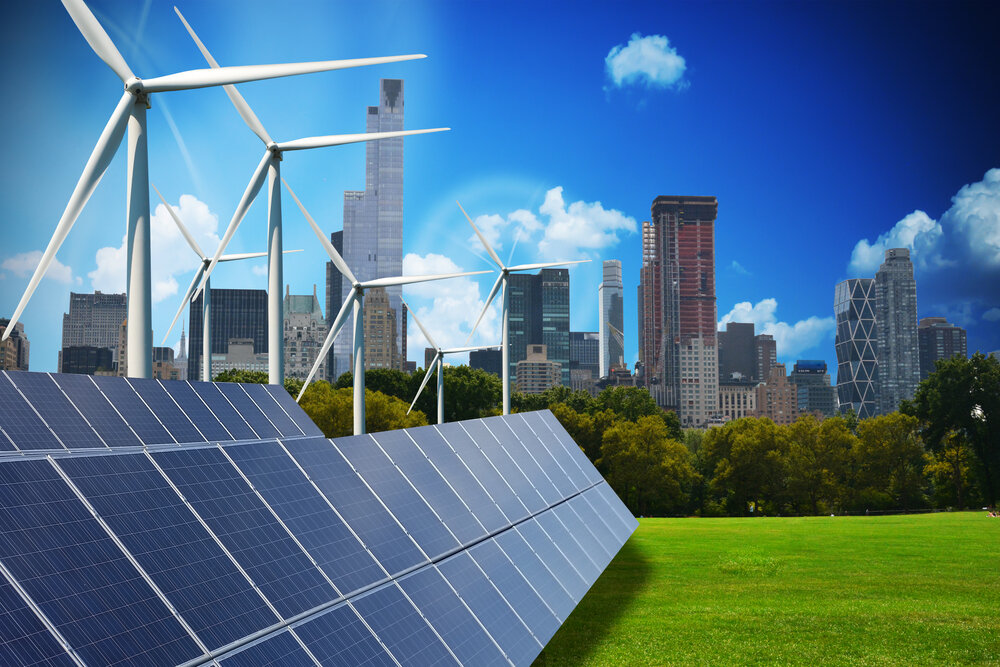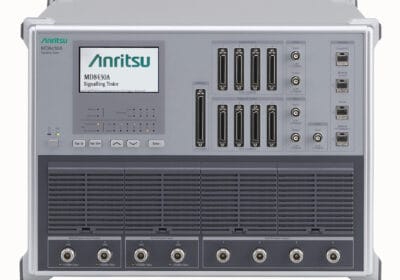Disasters have catastrophic impacts on communities, leaving behind destruction and chaos. Access to energy is crucial to both immediate and long-term recovery from these events, yet this is frequently disrupted by power outages caused by damaged equipment and infrastructure. Here, Vijay Madlani, CEO of greentech innovator Katrick Technologies, explains how microgeneration will be a valuable tool for safeguarding local power supplies against dangerous disruptions in the wake of disaster.
In 2018, Hurricane Maria decimated the Caribbean island of Puerto Rico, with some areas losing power for up to five weeks. The effects were devastating. Water pumps ceased working, forcing people to drink contaminated river water; rescue operations were impeded due to a lack of phone signal; and an estimated 3000 people died, in part due to failing hospital devices and spoiled medication.
Power outages can have significant effects, both direct and indirect, which can endanger lives and threaten recovery efforts. Take hospitals and healthcare facilities, for instance, where communications systems may become inaccessible, or vulnerable patients may be at risk from the effects of failing medical equipment. A disrupted power supply can delay the efforts of first responders, restrict access to food and supplies, impact medical professional’s capacity to offer healthcare, and prevent those at risk from contacting emergency services.
The consequences of power outages caused by disasters show the vulnerability of a centralised grid under these extreme circumstances and highlight the need for a reliable alternative for essential services. Microgrids offer a solution. While usually implemented to supply low-cost and reliable renewable energy independently to a smaller, localised area or individual property, microgrids also have the potential to provide critical power during times of emergency.
The Hurricane Maria disaster led to various initiatives to tackle grid instability in the region, many of which involved microgrids. During the hurricane, which hit the town of Adjuntas, the local Casa Pueblo environmental watchdog had access to electricity even when the power grid failed. This was thanks to the solar panels and battery energy storage systems (BESS) they used as a power source. Since then, the group has been inspired to launch a project throughout the town. Supported by the Honnold Foundation that provides grants to organizations advancing solar energy access all over the world, the group has installed nearly 700 solar panels.
The panels supply electricity to 14 local shops, including food retailers and a pharmacy, and operate on an individual network separate to the grid. This provides a backup in the event of future storms, where power outages can last for long periods of time.

Bangladesh has also set an example of successfully using microgrids and independent energy resources to improve resilience. As one of the world’s most climate-vulnerable countries, it is extremely prone to catastrophic flooding which effects around 10,000 square miles, or 18 per cent of the country, each year. International Electrochemical Commission (IEC) standards help to bolster the grid against flooding, but distributed energy resources have offered additional energy security to individuals and communities.
As of 2020, Bangladesh had over five million microgeneration systems in operation, making it a world-leader in independent off-grid communities. Start-up SOLshare has developed a scheme to allow solar microgrid owners in the country to share their surplus generated power with other members of the community through microgrids. This cuts waste and allows wider access to power for those on low incomes, which is especially beneficial in a country that’s at high risk of disaster. The grids saw a spike in use during the COVID-19 pandemic, as more and more people returned to rural areas, allowing those hit financially by the events to access electricity.
In some cases, microgrids don’t just offer increased power supply protection during disasters — they can even play a role in preventing them in the first place. Due to rising temperatures and climate shifts, many regions worldwide are ravaged by wildfires, which force residents to abandon their homes and cause damage to properties and infrastructure.
For instance, in California, it was found that during particularly hot, dry periods, equipment in grid transmission systems could spark wildfires. A 2018 study by the California State Senate Energy Committee found that electrical power related events were the third most common cause of wildfires in California, ahead of lightning, campfires, and arson, and around 2,000 fires between 2014 and 2017 were ignited due to faulty electrical equipment.
This led to distribution companies choosing to deenergise the grid during periods of high risk to prioritise safety, which in turn has prompted many to turn to microgrids for a reliable and greener alternative.
One example, the Montecito Community Microgrid Initiative, which provides a consistent renewable power to Santa Barbara County that is linked to the primary grid, but can disconnect in the event of a wildfire. The process, known as “islanding”, allows important operations such as fire stations, shelters, and water and communications infrastructure to remain connected if the power supply is disrupted.
More communities and schemes are beginning to implement microgrid technology to bolster resilience to increasingly frequent natural disasters, and renewable innovation has an opportunity to accelerate to support this. New green technologies for efficient, cost-effective power generation will help to make these systems more widely available, giving access to clean power in even more disaster-prone areas.
With sustainable power generation in mind, Katrick Technologies has developed its Wind Panels — modular, flexible panels that can be incorporated into microgrids of varying scales. The panels use patented aerofoil technology to capture a much larger range of wind speeds and frequencies than traditional turbines, including turbulent ground winds. The compact panels can be placed in urban or residential areas where larger, conventional turbines cannot be installed, and therefore produce clean energy for those unable to use other renewable technologies due to size, cost or location.
The panels are compatible with BESS and are a fully scalable solution, with users able to install as many panels as necessary to support the needs of the individual microgrid. Katrick Technologies has recently met with Ofgem, National Grid and the Energy Networks Association to discuss funding opportunities to bring off grid solutions to the energy market through the implementation of these panels. This further highlights their potential for use in microgeneration systems.
In the aftermath of a disaster, power losses can add even further to the damage caused and prolong recovery efforts. That is why decentralised energy systems, like microgrids, can offer a lifeline to services, individuals and communities suffering in the wake of these events, supported by the latest renewable energy innovations.
For more information on Katrick Technologies’ wind panels, visit the website here.








